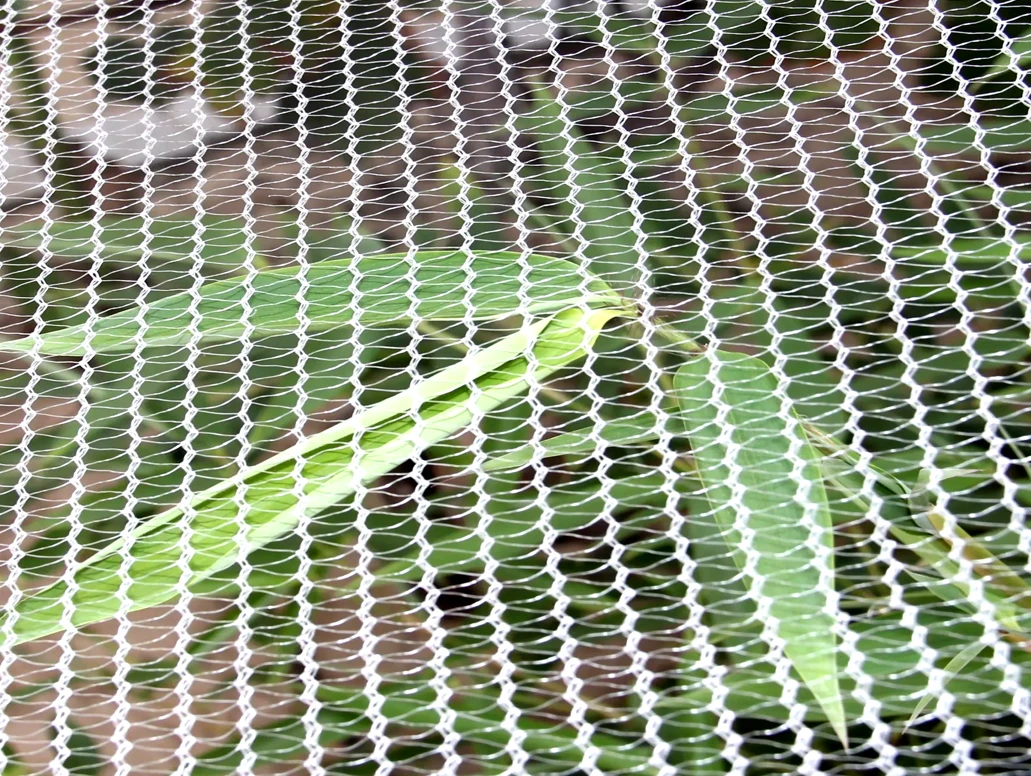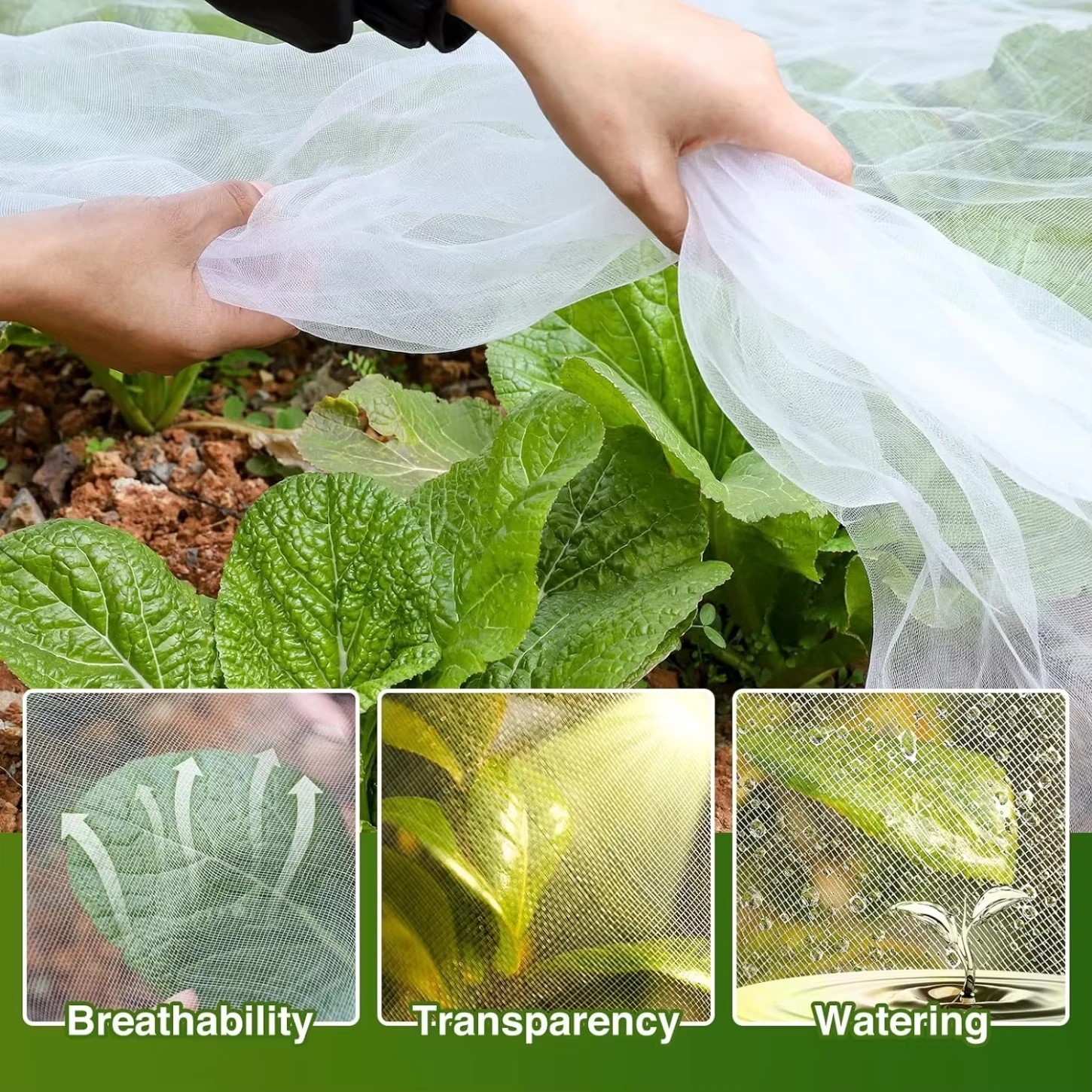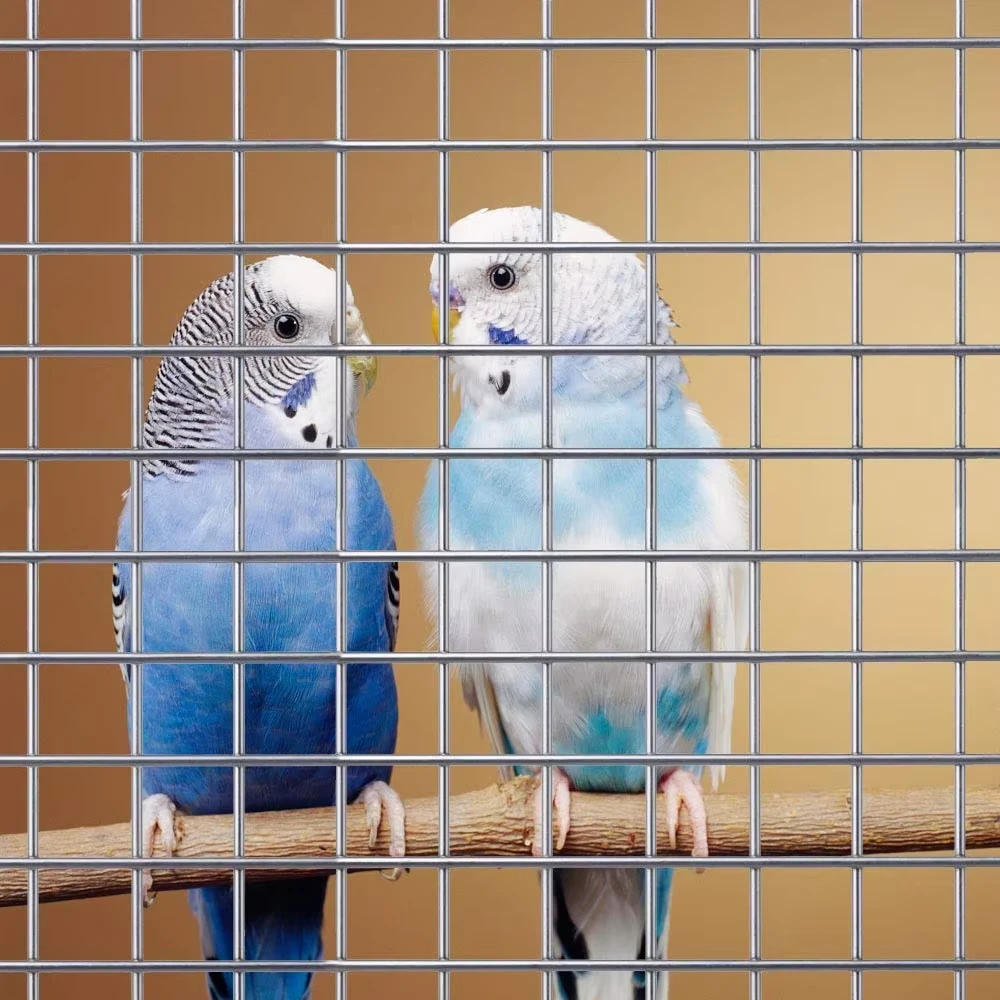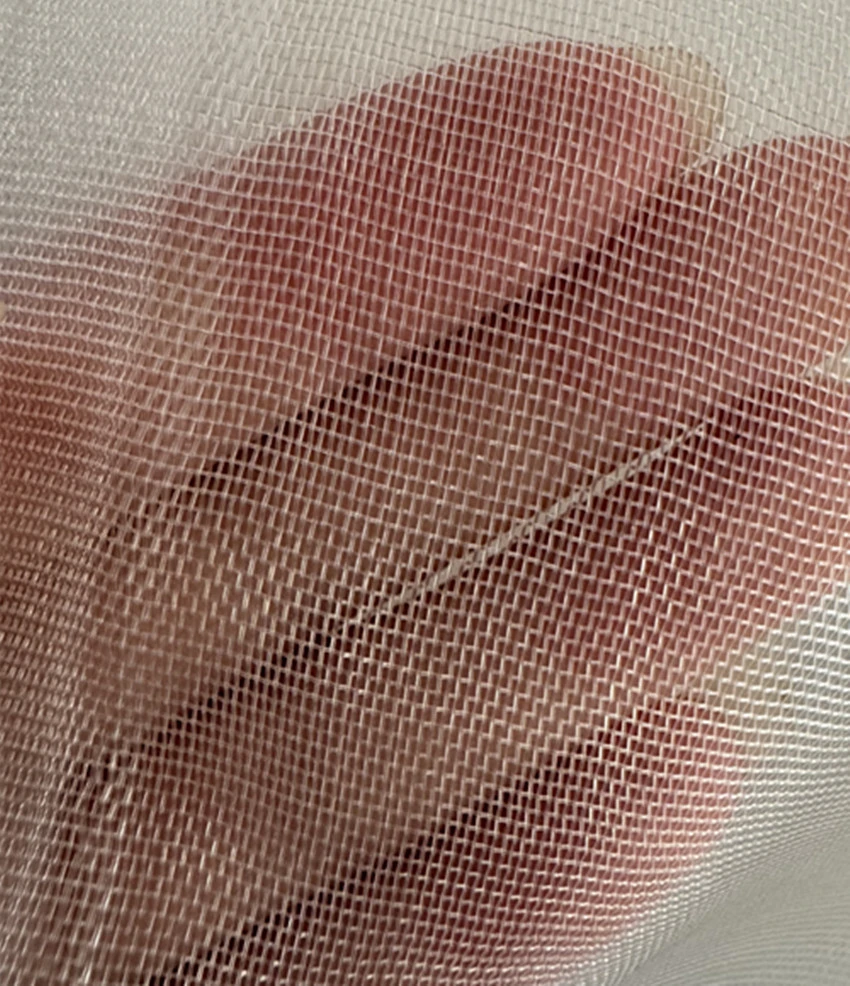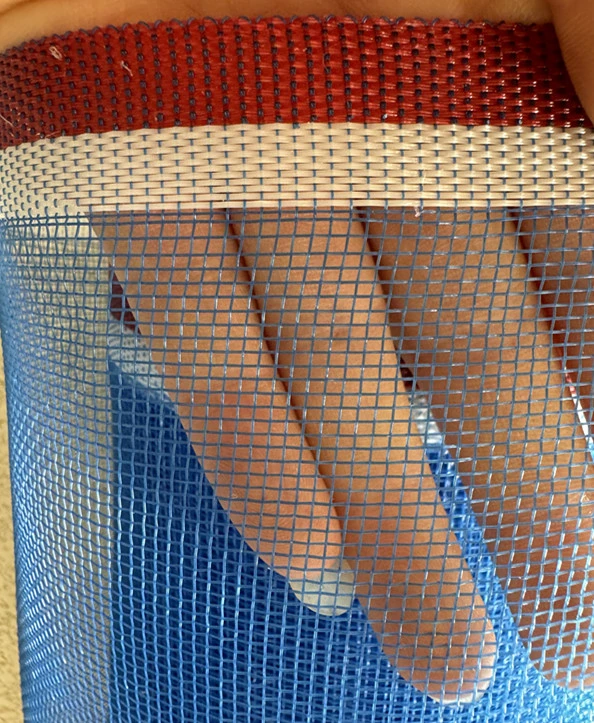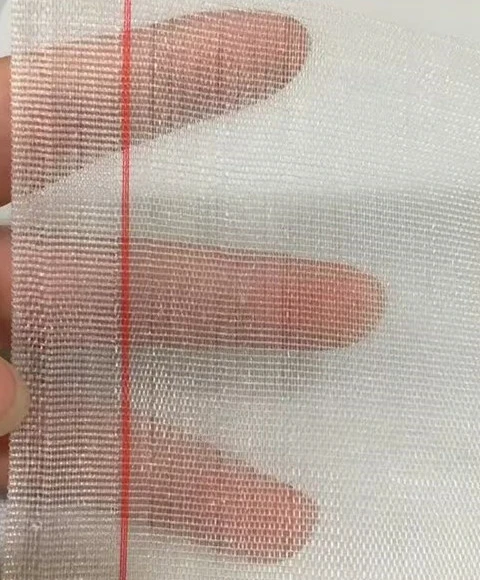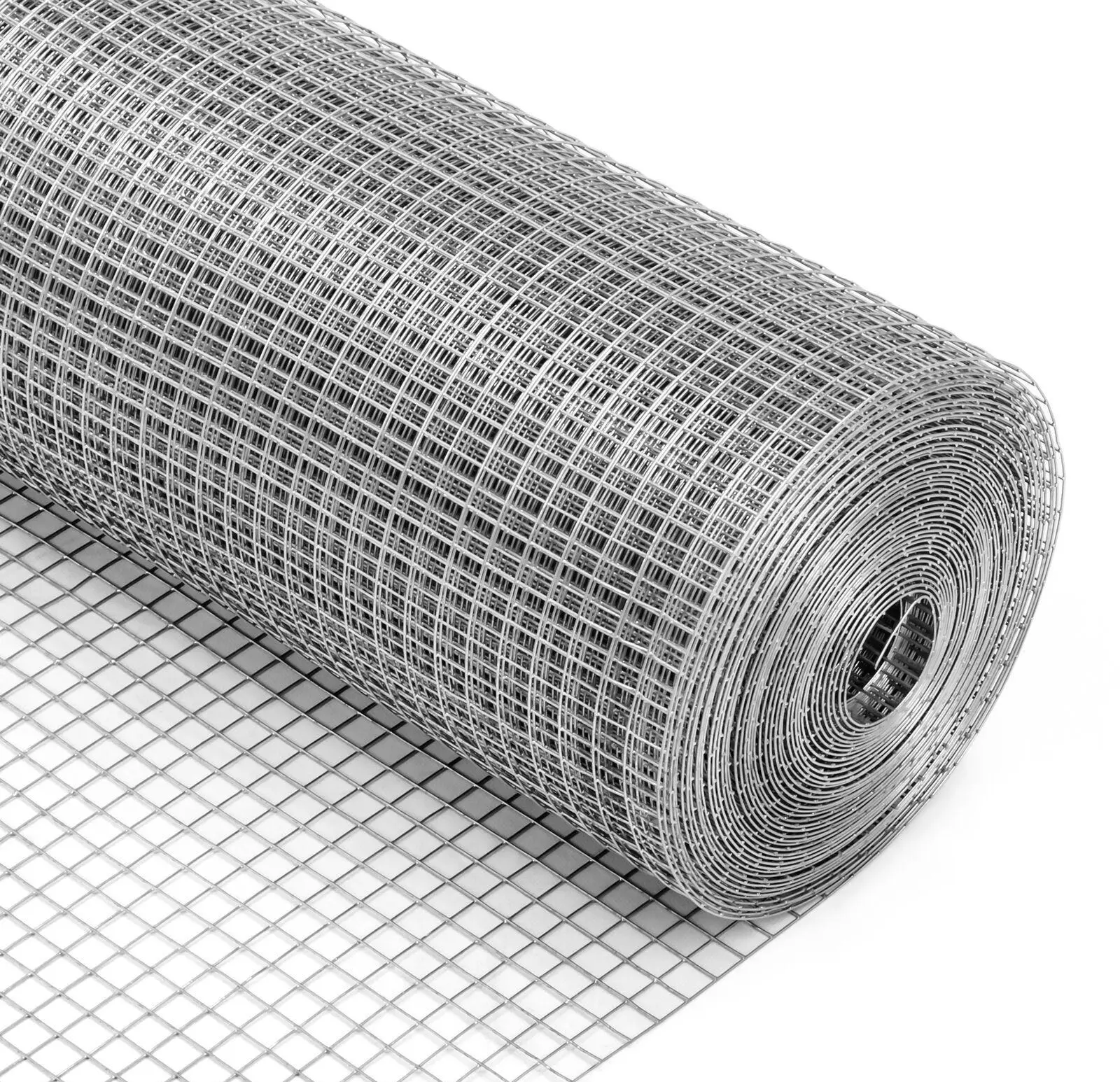Net for Farming: UV-Resistant, Heavy-Duty Sun Shade Mesh
A field reporter’s take on shade cloth: what today’s growers really use
Last season I walked a tomato block where the grower had just swapped tarps for a net for farming made from UV-stabilized HDPE. The difference? Cooler canopy, fewer sunburned fruits, and—he swears—less thrips pressure on the edges. To be honest, shade isn’t just about comfort; it’s a crop insurance policy when the mercury spikes.

What’s trending in ag shade
Heatwaves are arriving earlier; water stress is persistent. Many customers say 30–60% shade is now their default for nurseries, with vegetable growers moving to seasonal 40–50% and fruit orchards testing perimeter windbreaks. Surprisingly, aquaculture and livestock yards are catching up, using knitted cloth for microclimate control and to reduce heat-stress mortality. Smart houses are pairing sensors with motorized spans, but simple fixed spans still dominate because they just work.
Product snapshot: Sunshade Net for Agriculture Farming Shade Cloth
Origin: China. Material: knitted high-density polyethylene (HDPE) with UV stabilizers.
| Construction | Raschel warp-knitted, lightweight yet tear-resistant |
| Shade rate options | 30%, 40%, 50%, 60%, 70%, 80% (±5% real-world) |
| GSM (areal density) | ≈ 55–180 g/m² depending on shade rate |
| Width × length | Up to 8 m width seamless; roll length 50–200 m |
| UV package | HALS-based, ISO 4892-3 tested, ≈ 16–20 kLy rating |
| Tensile strength | ASTM D5035: ≈ 350–700 N (strip method, varies by GSM) |
| Edge finishing | Selvage or reinforced hems; eyelets optional |
| Color | Black, green, white, or bi-color (diffuse options) |
| Expected service life | 5–8 years temperate; 3–5 years tropical sun (usage-dependent) |

How it’s made (and tested)
Virgin HDPE resin is blended with UV masterbatch and pigment, extruded into tapes/monofilaments, then warp-knitted on Raschel machines. Knitting density controls shade rate and airflow. Post-knit, rolls are relaxed, trimmed, and optionally hemmed with eyelets. QC pulls samples for tensile (ASTM D5035), UV weathering (ISO 4892-3), dimensional stability, and optical shade (per AS 4174 guidance). Real-world use may vary, but good UV packages resist embrittlement and chalking.
Where growers use it
- Greenhouse roofing and sidewalls to cut leaf scorch by ≈80% and cool canopy 3–8°C.
- Nursery and cut-flower benches; improved color and stem length under 40–60% shade.
- Livestock yards and poultry runs to reduce heat stress and feed drop-offs.
- Fish/shrimp ponds, orchard windbreaks, and soil covering to suppress weeds.
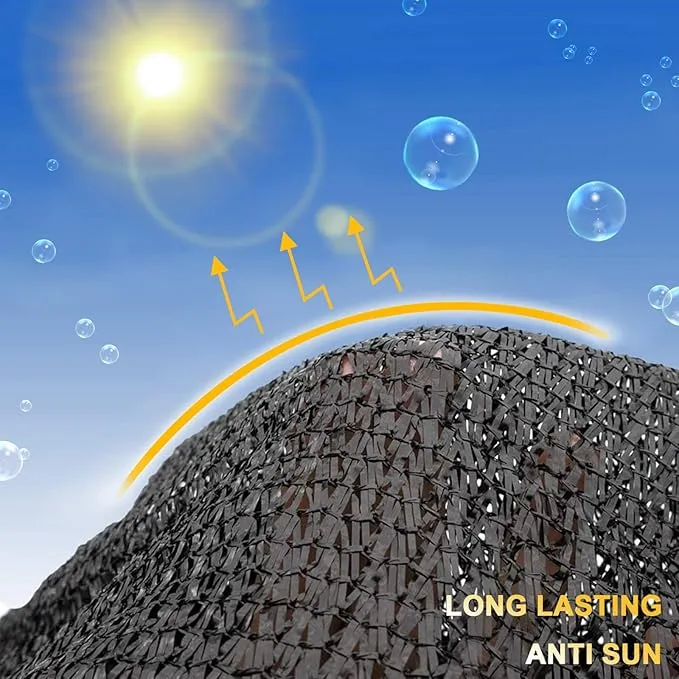
Vendor snapshot (quick comparison)
| Vendor | UV/Standards | Shade range | Lead time | Certs | Indicative price |
|---|---|---|---|---|---|
| YJ Wire Mesh (China) | ISO 4892-3, ASTM D5035 reports | 30–80% | 10–20 days | ISO 9001, REACH/RoHS (on request) | ≈ $0.18–0.45/m² |
| Local Importer | Basic UV claim, limited data | 40–70% | Stock/2–4 days | Varies | ≈ $0.30–0.65/m² |
| Marketplace Brand | Unknown UV package | 30–60% | 7–15 days | — | ≈ $0.15–0.35/m² |
If you plan multi-season use, insist on UV test data and shade-rate certificates. It seems obvious, but many budgets forget the sun is the real buyer here.
Customization and install tips
- Custom widths (up to 8 m), colors, reinforced edges, grommets every 0.5–1.0 m.
- Tension to ≈ 10–15 kgf; allow thermal expansion; overlap seams ≥ 10 cm.
- Pick shade by crop: leafy greens 40–50%, ornamentals 50–70%, livestock yards 50–80%.
Customer feedback: “Feels thicker than last season’s roll,” one berry grower told me; another noted a 20–30% drop in irrigation frequency during hot spells.

Mini case file
Spain, strawberries: 50% shade reduced fruit sunburn and lifted marketable yield by ≈12% over 9 weeks. Mexico, tomatoes: sidewall spans cut edge scorch and improved uniformity; brix held steady. Coastal shrimp ponds: partial cover lowered water temps ≈2°C midday, improving survival through a heat spike. Not lab-perfect, but real farms, real gains.
Bottom line: a good net for farming isn’t flashy—it’s reliable microclimate control. With the right UV package and honest specs, it will outlast two or three cheap rolls and protect your margins along the way. If you’re unsure, start with one bay, measure canopy temps, and scale—simple.
Standards & refs
- FAO. Greenhouse covering materials and ventilation best practices. http://www.fao.org
- ASTM D5035 – Breaking Force and Elongation of Textile Fabrics (Strip Method). https://www.astm.org
- ISO 4892-3 – Plastics — Methods of exposure to laboratory light sources — Fluorescent UV lamps. https://www.iso.org
- AS 4174:2018 – Knitted and woven shade fabrics. https://www.standards.org.au
-
Anti Hail Net | UV-Stable, High-Strength Orchard ShieldNewsNov.17,2025
-
Anti Bird Netting – UV-Stable, Durable, Humane ProtectionNewsNov.17,2025
-
Welded Wire - Durable, Rust-Resistant Mesh, Custom SizesNewsNov.17,2025
-
Garden Mesh Sun Shade – UV-Resistant, Durable, Custom SizesNewsNov.17,2025
-
Bird in Net Solution: Humane, UV-Resistant Bird NettingNewsNov.17,2025
-
Stainless Steel Filters: Durable, Washable, High-FlowNewsNov.10,2025





